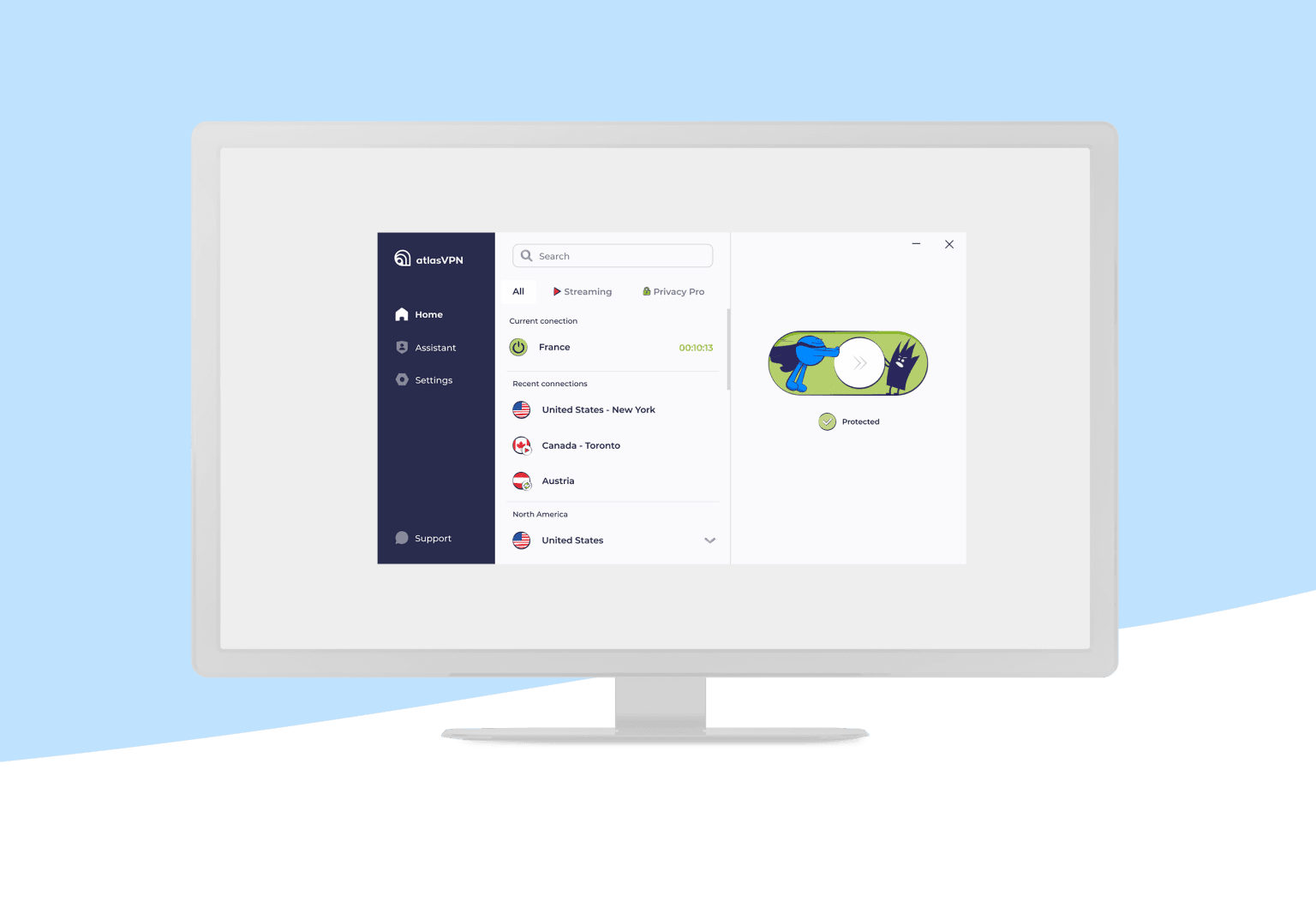How Account Aggregators in India Are Enabling Seamless Digital Financial Services

Account Aggregators in India are quickly becoming the backbone of digital financial services in the country. These platforms allow users to aggregate their financial data from multiple sources, such as banks, insurance providers, mutual funds, and pension funds, into a single interface. By providing a holistic view of an individual’s financial activities, account aggregators simplify the process of managing and making decisions about personal finances, making them an indispensable tool in the digital age.
The advent of Account Aggregators in India has significantly enhanced the user experience for individuals managing multiple financial accounts. Previously, individuals had to track their investments, savings, loans, and insurance across separate platforms, often resulting in confusion and inefficiency. With account aggregators, all the necessary data is brought together in one place, allowing users to quickly access and understand their financial information in real-time. This consolidation not only saves time but also reduces the chances of overlooking important financial details.
These platforms are particularly valuable in enabling better financial decision-making. With a single, up-to-date view of their entire financial portfolio, individuals can make smarter choices about their investments, savings, and budgeting. For example, someone may choose to shift investments to a higher-performing mutual fund or pay off high-interest debts more quickly after reviewing the aggregated data. Furthermore, Account Aggregators in India allow users to compare different financial products across banks and institutions, ensuring they select the best options suited to their needs.
Additionally, Account Aggregators in India are driving greater financial inclusion by making financial services more accessible to underserved segments of the population. In India, many people have limited access to traditional financial products, often due to the lack of formal credit histories or financial documentation. By consolidating financial data from various sources, account aggregators offer a more complete picture of an individual’s financial health, making it easier for lenders to assess creditworthiness. This enables people who might otherwise be excluded from the financial system to gain access to credit, insurance, and other financial services.
The Reserve Bank of India (RBI) has played a pivotal role in developing the regulatory framework for Account Aggregators in India. The RBI’s regulations ensure that these platforms are governed by strict standards of security and privacy. As data privacy is a major concern in the digital era, the framework ensures that financial information is shared only with the user’s explicit consent, offering a secure and trustworthy environment for all parties involved.
However, the widespread adoption of Account Aggregators in India requires continued efforts to overcome some hurdles. Many individuals are still unaware of the full potential of these platforms, and there is a need for increased financial literacy to drive adoption. Moreover, some financial institutions may be slow to integrate their systems with aggregators, which could hinder the growth of the sector. Therefore, increased collaboration between banks, fintech companies, and regulatory bodies is necessary to ensure the seamless functioning of these platforms.
In conclusion, Account Aggregators in India are transforming the way people manage their finances by providing a comprehensive, user-friendly view of their financial data. They are playing an essential role in simplifying digital financial services, enabling better financial decision-making, and expanding access to financial products. As the country continues to embrace digital tools, account aggregators will remain a key part of India’s evolving financial landscape.
What's Your Reaction?




















